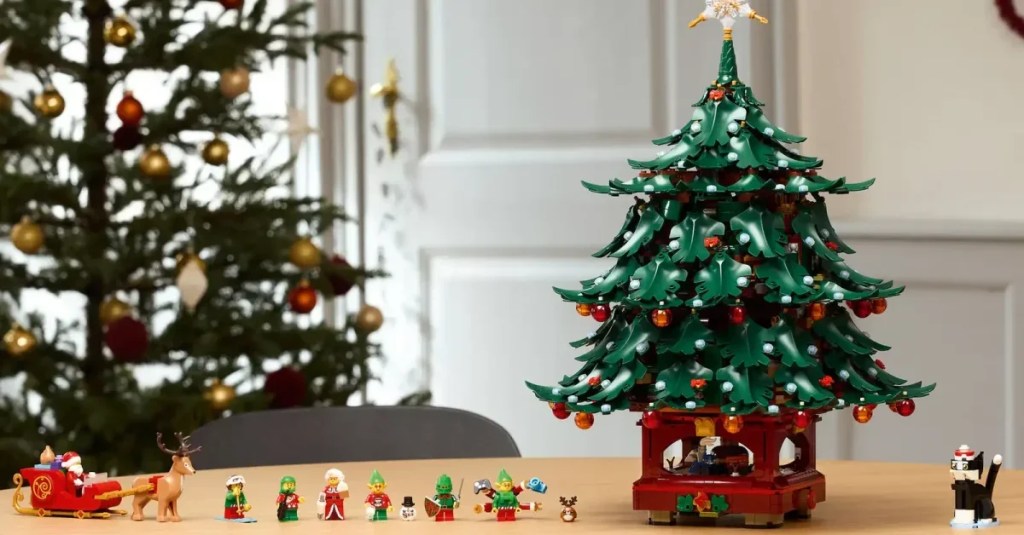
Texting or enjoying a night at the opera? Photo via Flickr user Joi Ito
If opera isn’t already dead, the form is definitely dwindling in popularity. These days we can hardly find the energy to raise our eyes from the tiny screens three inches from our faces in order to watch watch larger screens, to say nothing of dragging our asses down to ye olde theater for something as anachronistic as the opera.
But don’t throw away those lorgnettes just yet—a former Buddhist priest–turned-performance artist based in Chicago is looking to redefine the operatic experience with his new performance, Father’s To I’ve To Father’s, an opera that is performed entirely through text messages..
Videos by VICE
The project is the brainchild of Jake Harper, who goes by the moniker Banrei. Harper was formally trained in composition, and after a stint in New York City doing experimental sound-based performances with Soundwalk Collective, he packed his bags and flew to Tokyo, where he spent three years living and working in a Buddhist monastery. It was there that Harper found the inspiration for what would eventually become Father’s.
Related: How to Make Opera Less Boring
At its most basic level, Father’s is the story of a person trying to “remember his father’s dance.” It will be “performed” over the course of two weeks in May by way of two daily SMS messages delivered to audience members. The opera’s music will be provided by the vibration of the audience members’ own phones, and the messages themselves will be a pastiche of straight narrative, images, video, and a poem composed of syllables culled from the audience members’ names using a computer program modeled after a form of ancient Chinese rhymed verse.
Confused? I know I was, so I skyped Harper and his fiancée/producer, Claire Molek, so they could break down what the performance is all about.
VICE: So why a text opera?
Jake Harper: A text-based opera is something I’ve been working on and trying to express for a while now. I was drawn to the intimacy of being able to reach out and touch the audience, to be in this close proximity of someone’s intimate personal space. Each iteration and each piece of text is touching the person physically through the vibrating of his or her phone.
Claire Molek: It’s an opera delivered by text, so already we’re subverting this idea of the very pretentious, sophisticated operatic space and putting it in a text message. By funding something that is so sophisticated on Indiegogo, I think that also calls into question the idea of art as a commodity and being conscious of your patronage. We’re entering into this conversation about the transparency of the work because all the audience members are participating in it. The work itself has its own space, but it’s being populated by the names of all these participants and the people participating are also paying for it and making the work possible. The whole cycle to me is really beautiful.
When I first heard about your project, it really reminded me of Antonin Artaud’s Theater of Cruelty, where the boundaries between actor and audience are broken down to engage the viewers in a more visceral way. Who or what inspired this opera’s techniques?
Molek: John Cage comes to mind for me, in terms of influence, but I don’t really have any reference for this. Jake was a Buddhist priest for three years in Japan though, and that was important.
Harper: That’s where a lot of the elements come from. In the Zen Buddhist ceremony, the percussionist uses a woodblock called a mokugyo, and each time they hit it, they chant one syllable of sutra. Each hit on the mokugyo, or each chant of the syllable is very abstract and can also be representative of the entire work because it’s a stream of sonically identical events. But opera comes from this lineage that is characteristically complex in terms of the rhythms, melodies, or harmonies of the piece. I was interested in what would happen if you flatten these elements through a series of identical bursts of vibration or ringtones, like with the mokugyo and sutra chants.
What made you want to take these very old cultural relics—the mokugyo and sutras—and combine them with modern technology?
Harper: The mokugyo and the chanting of the sutra were the things I studied while living in a monastery. They were part of my everyday life. When I’d leave a ceremony and get a text message, it struck me how similar the experience of these chants and receiving a text message was. In connecting them, it made me feel that every communication I received was part of this sacred whole, this four dimensional extended ritual brought about by communicating with people in different places. That was the link between the two things.
What’s the story being told in Father’s To I’ve To Father’s?
Harper: I don’t want to say too much about what the story’s about. I want people to discover for themselves what the story of someone trying to discover his father’s dance means. The text itself is very much wrapped in the language of great American bards, which I also extend to people like Charles Olson, who is one of the Black Mountain poets, and the Chinese poet Hanshan, whose name directly translates into English as “Cold Mountain.” So in the performance, we talk about the main character going on a pilgrimage to Cold Mountain. There’s also a connection with this mythic poet’s sidekick Shide, who is usually depicted as carrying a broom, and this imagery also comes up a lot in the performance. So the story involves interplay between these two characters in this conceptual space that takes place over two weeks.
OK, but you can’t have an opera without music. How does that come into play in your performance?
Harper: Music factors in in two ways. The first way is with the ringtone burst and what’s possible when you strip away certain elements of sound and create things of short duration. The composition of someone’s ringtone—whether he or she has it set to vibrate or a little musical thing—becomes the mokugyo hit every time a message is transmitted. Each text you receive becomes representative of the whole piece.
The second element of that, since we are attaching multimedia to the text message, that’s like using sound to deliver other sounds. So now you have this multidimensional experience of sound. In a traditional opera, you’re sitting there for four hours, and it’s moving forward whether you had a chance to explore a certain passage or not, and when it’s over, it’s over. But what’s unique about the short duration bursts is it gives you the opportunity to explore the experience outside of linear time.
The audience is pretty intimately involved with the performance, right? Each audience member’s name is literally helping construct the piece.
Harper: Yeah, so we created a code using Python based on the mechanics of classical Chinese rhymed verse. It’s taking the syllables of the audience’s names and rhyming them together following the rules of classical Chinese rhymed verse. There are a few reasons I chose this. In the first place, Hanshan, the main character, wrote in classical Chinese verse. But it’s also important to me to allow people to exist together in the same way, so there is this kind of mutual acknowledgement of the presence of other people. They will be receiving these messages, and while they can’t necessarily feel someone else’s phone vibrating, the poem they’ll be looking at is this abstract poem made using the phonemes of their names. If one person was removed from the work, then that would necessarily change the text that people are receiving. So you’re reading this poem and forced to acknowledge the presence of other people in the work.
So imagine being in an opera and someone’s phone rings during the piece. This creates a barrier because you realize somebody is being connected to someone that’s not with the mutual participants of the space you’re in, with somebody in a virtual space. This does the opposite of that.
What do you hope your audience will ultimately take away from the performance?
Harper: For me, the most important message is about compassion. I feel that we take for granted that human beings are sacred. We’re all bodhisattvas, or buddhas, or Christs. There’s something sacred about being a human being, about being a sentient being. Any form of human interaction—whether it’s someone getting punched in the face at a Trump rally or making love—just being mutual participants in a common experience involves an act of compassion and love that is undeniable. It’s a way of embracing all human contact as a rare and sacred form of expression.
This interview has been edited for length and clarity.
Buy “tickets” to Father’s To I’ve To Father’s here.
Follow Daniel Oberhaus on Twitter.



